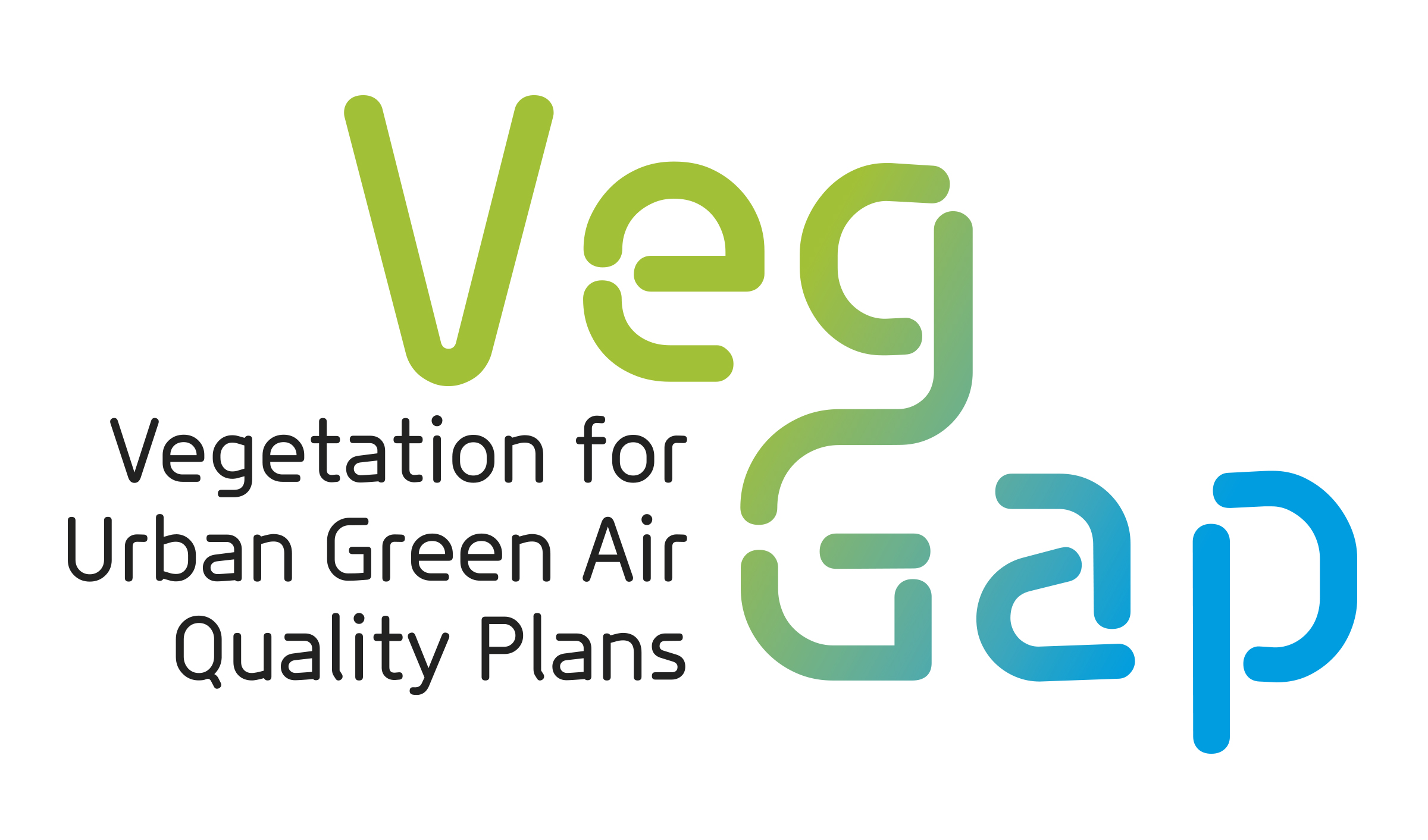On 4 and 14 May 2021 the second online workshops of the VEG-GAP project
took place in Bologna and Milan during which the project partners illustrated
the new tools developed and the results obtained so far in understanding the
effects of vegetation in these two pilot cities. After
receiving information about the EU LIFE VEG-GAP project and its platform, the
audience was invited to interact with the speakers and to provide input for the
improvement of the platform. For this purpose, a group of speakers
chosen from among the project partners was joined by a selected audience of
specialists from different professional fields (Researchers; Air quality
managers; Green area managers; Climate change planners; Urban/territorial
planners; Environmental investment managers and companies; Journalists,
Communication experts).
The main elements that emerged from the Bologna
workshop
were:
I) In the metropolitan area of Bologna, 5
reforestation projects
have been submitted to the Italian Ministry of Ecological Transition which, if
approved, could be a great stimulus to expand the project analysis beyond the
borders of the municipality, thus including the other 54 municipalities of the
former province and cities of the Emilia-Romagna Region.
II) In the future, the VEG-GAP platform could become a 'compass' between
the different methodologies and tools for assessing the effects of vegetation
on air quality and climate in cities, making its special features more and more
evident compared to its benchmark.
III) VEG-GAP represents an interesting solution for
the future and that is why it will be important to enhance the dissemination of
the results, both to decision makers and technicians, as well as to researchers
and young students.
The main findings of the Milan
workshop were:
I) In Milan, the VEG-GAP project will increasingly collaborate with the Clever Cities Project, a Horizon 2020 project on the use of
nature-based solutions (NBS) for urban regeneration. An example of this is the
support that the VEG-GAP information platform will be able to give to the
Clever Cities project, integrating the studies of this project on the
micro-climate of individual neighborhoods or buildings with assessments on a
larger scale.
II) The attention to the scale of the individual building or neighborhood
will allow the VEG-GAP project to get closer and closer to citizens, providing
them with useful information also to assess the impact of pollutants and
vegetation on their health.
III) Another important aspect for the VEG-GAP project will be to evaluate
the effects of de-paving and forestation in the Air and
Climate Plan of the Municipality of Milan (PAC). The results of the project could contribute
to future PAC monitoring activities.


